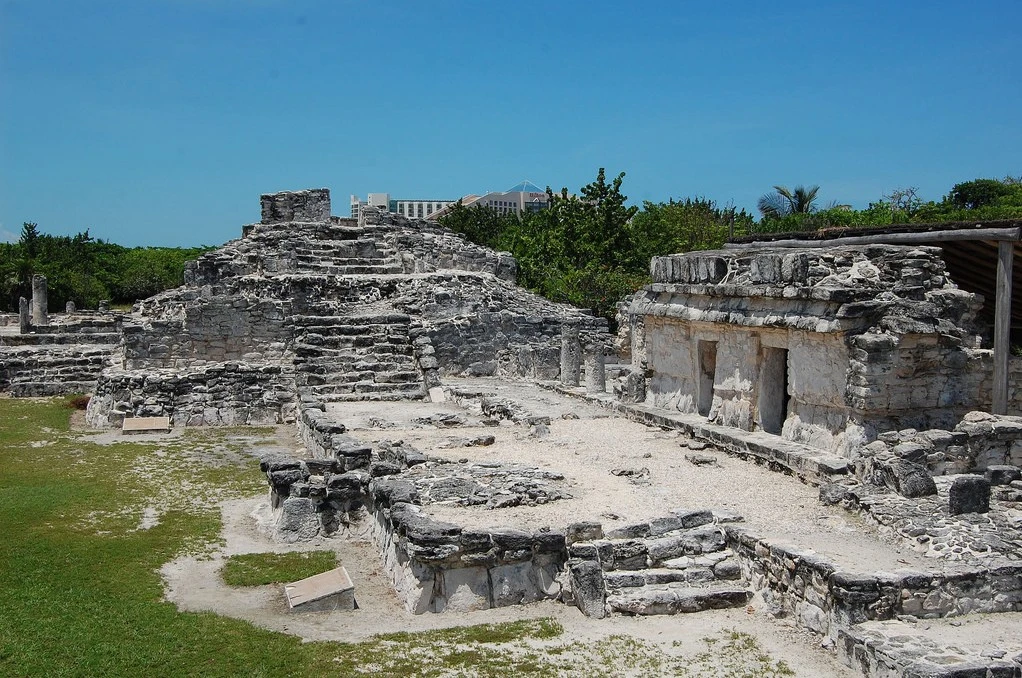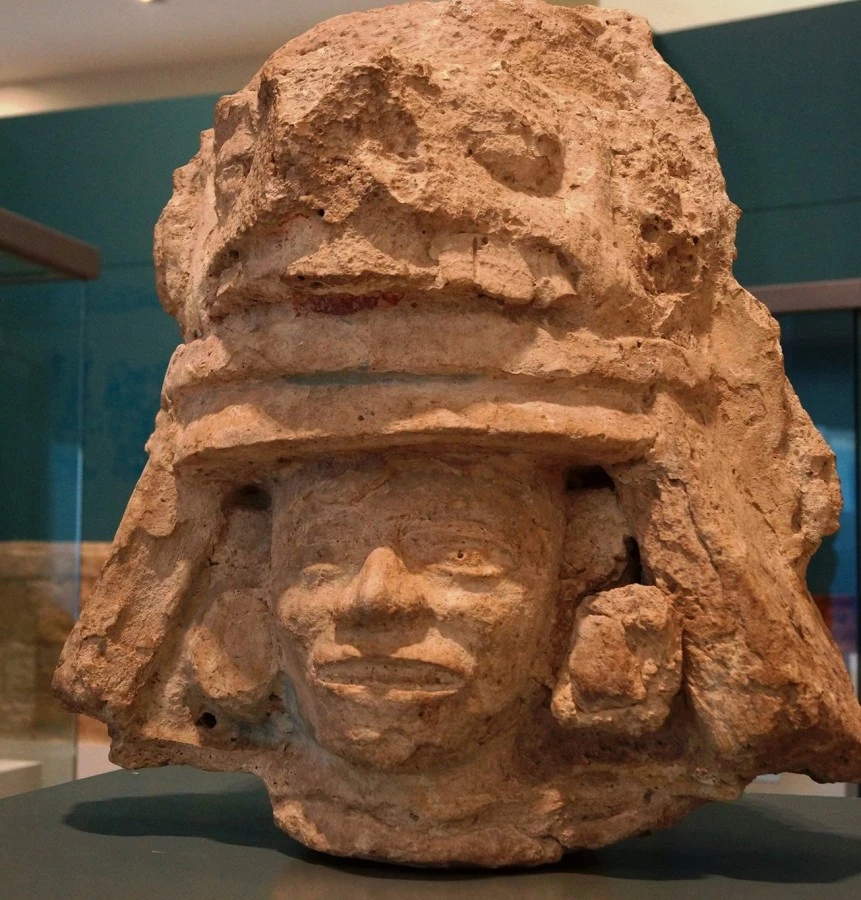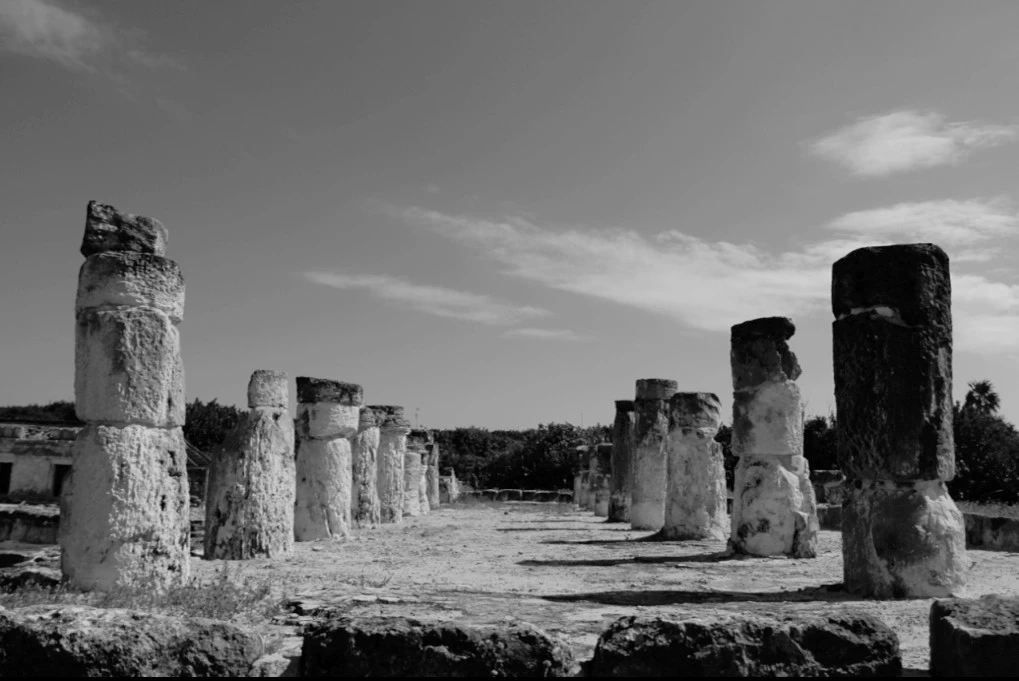
El Rey Archaeological Site
Quintana Roo
El Rey, an archaeological gem accessible through the Maya Train route, played a pivotal role as one of the primary ports in the Caribbean’s ancient commercial network. Situated amidst lush landscapes, it boasts two plazas adorned with numerous structures, some of which still bear traces of intricate mural paintings depicting revered deities of the Maya pantheon.
One of El Rey’s distinctive features is its meticulously designed causeway, flanked by platforms hosting residential edifices. Each dwelling exhibits unique characteristics while adhering to the architectural conventions typical of Late Postclassic period residences. These structures typically feature a porticoed entrance leading to a public area, possibly utilized for daytime activities, and a more secluded rear section that may have served as living quarters.
The site derives its name from an anthropomorphic sculpture believed to represent a noble figure, underscoring its historical significance and cultural richness. Today, El Rey stands as a testament to the ancient Maya civilization’s ingenuity and sophistication, offering visitors a glimpse into the past through its well-preserved architectural remains and artistic treasures
Near Station
Meaning
Unknown

Schedule:
Monday to Sunday from 8:00 am to 17:00 pm. Last entry at 16:30 hrs.
Admission:
$75.00 MXN pesos.
Chronology:
300 B.C. – 1550 | Preclásico Medio a Posclásico Tardío
Peak:
1200 – 1550 | Posclásico
In 1909, the first photograph of the ‘Head of the King’ was taken, currently exhibited at the Maya Museum of Cancun.
Where is the El Rey Archaeological Site Located?
Cancun Hotel Zone, Kilometer 18 of Kukulcan Boulevard, Quintana Roo.
Important:
- Fee for video camera
- Fee for professional cameras
- INAPAM discount (for seniors)
- Discount for students and teachers
- Free admission on Sundays (Mexicans)
- Free entry for children under 13 years old
- No smoking allowed
Structures
El Rey (The King) Archaeological Site

Pyramidal base

Building of the Paintings

Structure 4
